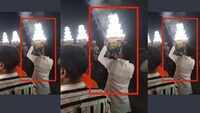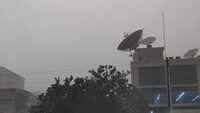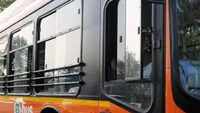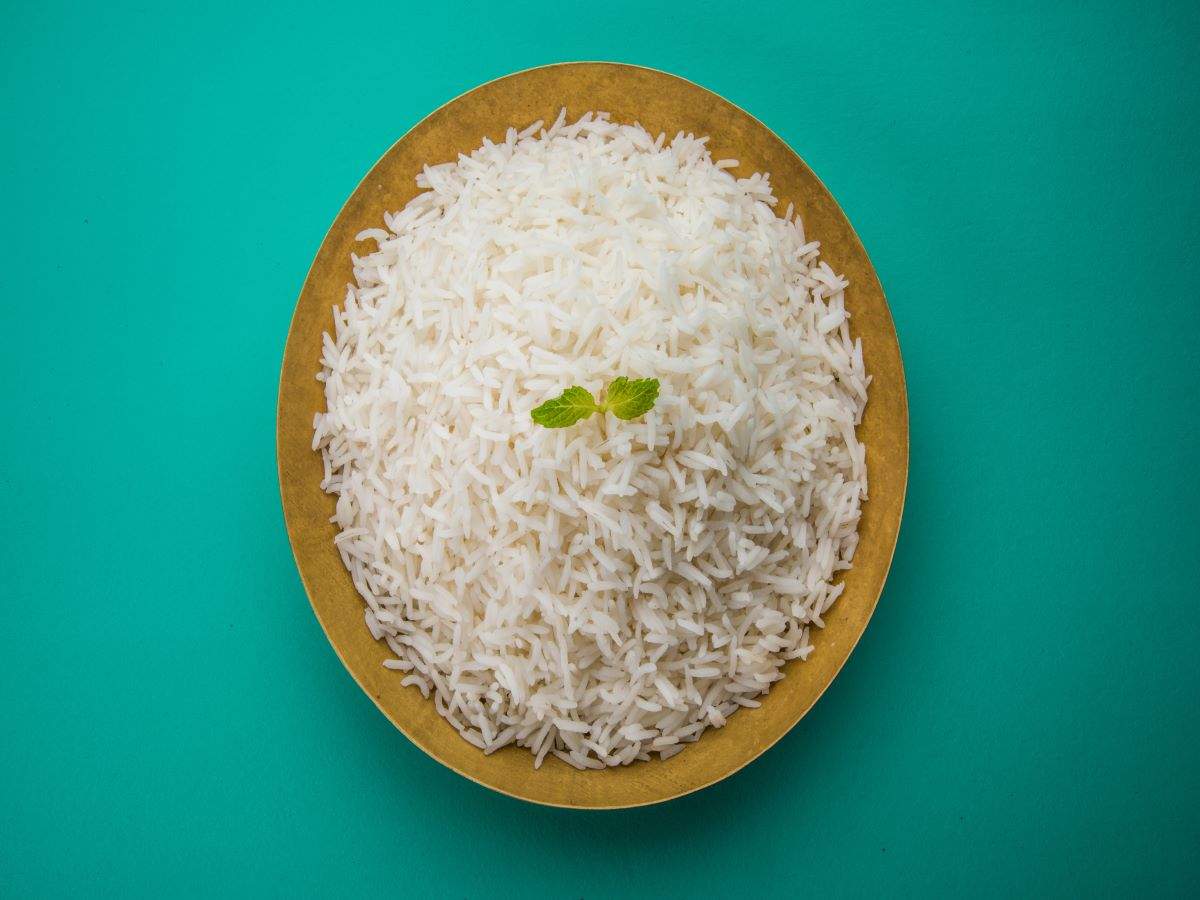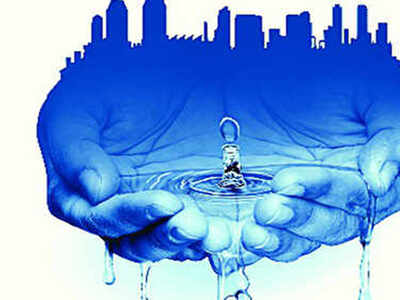
MUMBAI: Thane’s water table is thrice as low as the island city’s, and suburban Mumbai’s twice as low, sparking concerns that groundwater in the Mumbai Metropolitan Region (MMR) is not being replenished adequately. The situation is serious as studies have shown a fall in groundwater levels in the MMR, with wide zone-wise differences. Recently, the BMC chief voiced concerns over only 20% rainwater percolation in Mumbai and 80% runoff into the sea.
According to measurements by the Central Ground Water Authority (CGWA), the average depth of groundwater in Thane is 54.13 ft, in suburban Mumbai 35.17 ft and in the island city 16.73 ft. Recently, a state groundwater survey found that the number of areas in the Konkan region (including MMR) seeing a drop in water levels had increased sevenfold since 2015. While 629 areas in the Konkan witnessed a drop of up to 1 meters in 2018, the corresponding number was 95 in 2015, when the state faced a water crisis due to poor rains; 41 areas in Thane, 163 in Raigad and 176 in Palghar had registered a 1-metre water table drop, unusual for a rainrich zone.
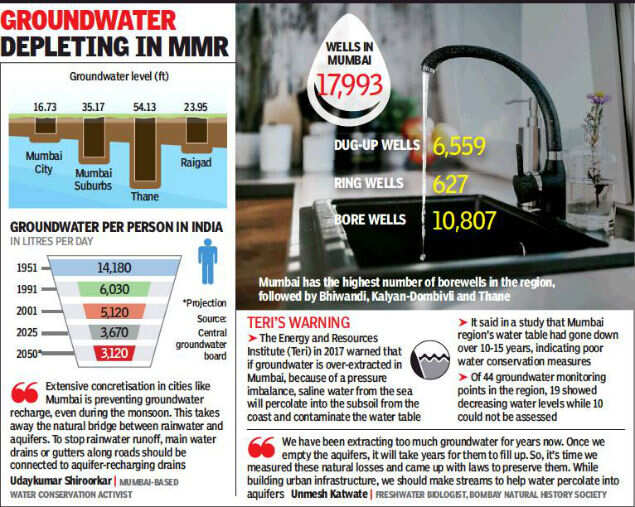
“As we keep extracting water, we also empty out the aquifers in neighbouring areas, thus depriving people living in nearby villages and small towns of precious groundwater,” said CGWA administrator V V Vardhan. “It should be mandatory that a proportionately higher compensation is made against water extraction by way of aquifer recharging through rainwater.”
This solution must entail a change in urban design to reduce concretization—which prevents percolation—but the authorities often act to the contrary.
For example, a groundwater report by The Energy and Resources Institute (Teri) on MMR stated that 107 water bodies were present in Greater Mumbai, classified in four categories: small, medium, large and very large. But only 10 waterbodies had found mention in the development plan as a tank or a lake. In other words, almost 100 waterbodies in the region didn’t have specific DP classification. Some, shockingly, were classified as recreational ground (RG) and playground (PG).
TIMES VIEW: Mumbai’s water table may not be in the safe zone for long unless environment-friendly urban designs are adopted to allow percolation of rainwater. While municipal authorities have been sitting over the problem for years, experts say water conservation measures, including rainwater harvesting and a halt to groundwater extraction, are the need of the hour. Studies have shown that unless this is done soon, the coastal city’s groundwater risks saline contamination from the sea.
According to measurements by the Central Ground Water Authority (CGWA), the average depth of groundwater in Thane is 54.13 ft, in suburban Mumbai 35.17 ft and in the island city 16.73 ft. Recently, a state groundwater survey found that the number of areas in the Konkan region (including MMR) seeing a drop in water levels had increased sevenfold since 2015. While 629 areas in the Konkan witnessed a drop of up to 1 meters in 2018, the corresponding number was 95 in 2015, when the state faced a water crisis due to poor rains; 41 areas in Thane, 163 in Raigad and 176 in Palghar had registered a 1-metre water table drop, unusual for a rainrich zone.

“As we keep extracting water, we also empty out the aquifers in neighbouring areas, thus depriving people living in nearby villages and small towns of precious groundwater,” said CGWA administrator V V Vardhan. “It should be mandatory that a proportionately higher compensation is made against water extraction by way of aquifer recharging through rainwater.”
This solution must entail a change in urban design to reduce concretization—which prevents percolation—but the authorities often act to the contrary.
For example, a groundwater report by The Energy and Resources Institute (Teri) on MMR stated that 107 water bodies were present in Greater Mumbai, classified in four categories: small, medium, large and very large. But only 10 waterbodies had found mention in the development plan as a tank or a lake. In other words, almost 100 waterbodies in the region didn’t have specific DP classification. Some, shockingly, were classified as recreational ground (RG) and playground (PG).
TIMES VIEW: Mumbai’s water table may not be in the safe zone for long unless environment-friendly urban designs are adopted to allow percolation of rainwater. While municipal authorities have been sitting over the problem for years, experts say water conservation measures, including rainwater harvesting and a halt to groundwater extraction, are the need of the hour. Studies have shown that unless this is done soon, the coastal city’s groundwater risks saline contamination from the sea.
World Cup 2019
Trending Topics
LATEST VIDEOS
More from TOI
Navbharat Times
Featured Today in Travel
Quick Links
Lok Sabha Election Schedule 2019Lok Sabha Election NewsDelhi Capitals teamMI team 2019Rajasthan Royals 2019RCB team 2019Maharashtra Lok Sabha ConstituenciesBJP Candidate ListBJP List 2019 TamilnaduShiv Sena List 2019AP BJP List 2019Mamata BanerjeeBJP List 2019 MaharashtraPriyanka GandhiBJP List 2019 KarnatakaAMMK Candidate List 2019BJP List 2019 WBLok Sabha Elections in Tamil NaduBSP List 2019 UPNews in TamilLok Sabha Poll 2019Satta Matka 2018PM ModiMahagathbandhanNagpur BJP Candidate ListChandrababu NaiduTamil Nadu ElectionsUrmila MatondkarNews in TeluguMadras High CourtTejashwi YadavArvind KejriwalTejasvi SuryaPawan KalyanArvind KejriwalYogi AdityanathJaya PradaSatta King 2019Srinagar encounter
Get the app
